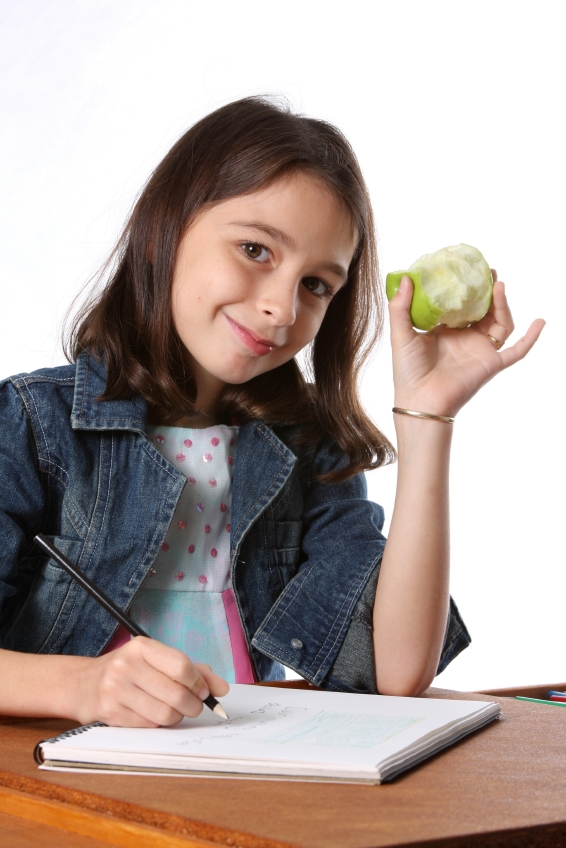Rules are needed in the classroom. No one will fight that as it is the grease that keeps the classroom in order. Usually in the beginning of the year, administration would ask that we make a list of rules for our classroom to be made with the students and to make sure it was posted. Oh yes, the students would add the usual rules that they assumed would be expected. They would sit up and be so charming competing on day one for the teacher’s position of favourite.
“No chewing gum.” I added that one. Nothing worse than having the next student sit at the desk and scream out in dismay after having their leg brush up against the sticky stuff. On the other hand, chewing gum during a test is considered a brain supporting activity. But I would keep that announcement the day before the test day.
“No talking unless your hand is up and you get picked to talk.”
“We’ll talk about that more,” I assured them.
“No eating in class.”
“I disagree completely.” At that point I would invite a discussion.
“Why do we have that rule?” The students would come up with the craziest of reasons, as did the adults in the past. So instead I wrote, ‘STUDENTS ARE ALLOWED TO EAT WHAT A HORSE EATS.’ Oh that tilted a few puppy dog heads.
“In my class you can eat anything a horse eats or drinks. Therefore what does a horse drink and what do they eat?” I waited for responses as they hesitated in disbelief with their answers.
“A horse drinks only water,” said one bright girl, finally. True, water is not sticky, no great harm if spilled, great for the brain, and students are encouraged to bring their own water bottle instead of sucking up Covid or flu germs from the local water fountain.
“A horse does not eat junk food,” added another student. True, it does not eat food that needs utensils or makes a lot of noise when opening a package – because they don’t open packages, and they eat green food and prefer fresh foods. So, yes, horses eat grass – think seaweed being the grass of the sea, granola bars being made mostly of oats, nuts and raisins that horses pick up from the ground, they do eat cookies, mints, carrots, and apples, and other healthy food that is usually green like celery or green peppers, cucumbers, and so on. As I reminded the students, horses use their lips like fingers, so make it easy for yourself as a horse would. The students sat surprised. The next day, a couple of them brought in their own apples.
“What are you eating?!” I demanded staring at one.
“Eating an apple Ms. GS,” replied the poor student in the back row.
“Fantastic!” I yelled back watching their shoulders fall down in relief realizing my dry sense of humour. They pointed at me and smiled with a small chortle.
My point is, why do we have the rules that we do in class? Go through last year’s classroom rules and ask yourself, are they reasonable, necessary, or controlling? Of course we are expecting age appropriate rules, we teachers don’t want to be herding cats, but why not teach these children how to positively self manage instead of being controlled? Why not allow that which supports the child to enhanced learning.
“Going to class will be so much more a-peel-ing!” joked one of my kids.
“ROFL,” I replied. “Please remember, these rules apply to my class, not your other classes. Each teacher and class makes their own rules.”
Think about the rules before picking up that black marker and committing them to those oversized lined papers that we stick up at the back of the room for the administration to tick off on their classroom list of requirements.




